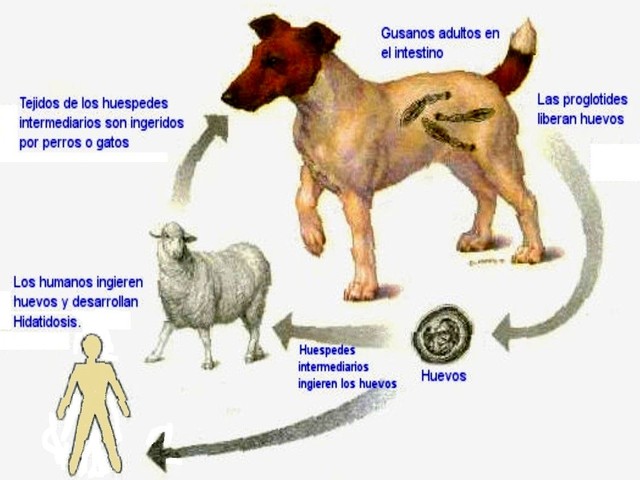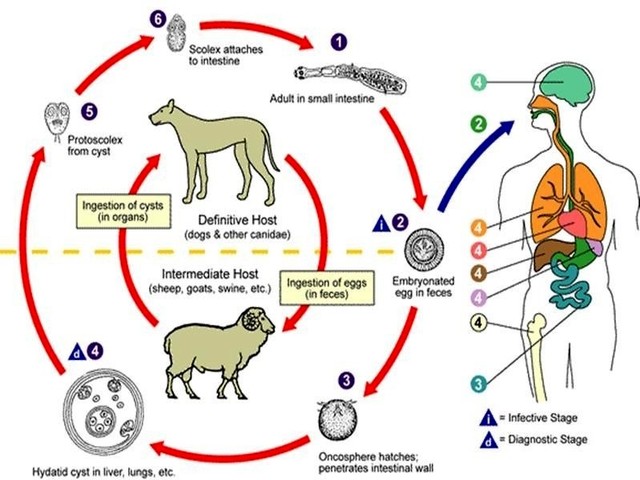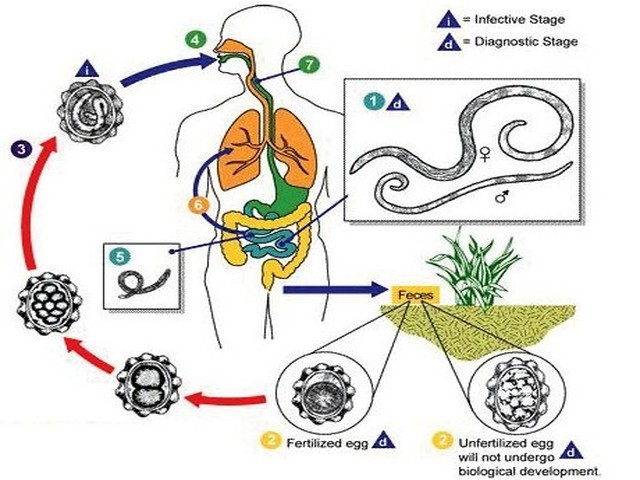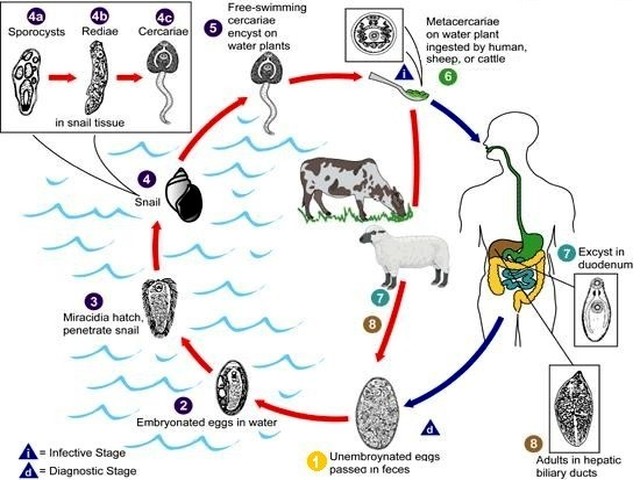The dog as a possible transmitter of diseases to man

"I'm going to have a baby, what can I do with the dog?". Occasionally we hear such questions in veterinary clinics.
Some homeowners, roughly pricked, created in required to dispose of your pet to not endanger their own health or that of their children. Such disparate things such as "cyst", "disease mosquito" or dog saliva (which will come to attribute evil properties bordering the supernatural), are responsible for this fear, clearly not justified, the very act of living with a dog. On the other hand, it would be unfair not to admit that some owners are taking unnecessary risks by not taking into account that in certain circumstances the dog can transmit some diseases to man. All these owners and also those who simply wish to know what the risks are, and how we can avoid them, this article is dedicated. We will review some of these diseases, called zoonoses (diseases transmissible between humans and animals) and, above all, measures to prevent them.
It seems appropriate to start talking about the Hidatidosis. According to statistics, currently around 8,000 people a year are operated because of this disease. To these people, they are surgically removed one or more cysts (cavities with liquid inside), called hydatid cysts, which can affect various internal organs (liver, lung, etc.). The same statistics reveal a reassuring fact: among people affected by this disease, no predominance of the category "dog owners" is detected. In other words: dog having no statistically increases the risk of developing the disease. So why mention it here?

To answer this question, one must know how the disease occurs. It is the larva of a tapeworm (one tapeworm is a worm flattened) called Echinococcus granulosus, responsible for the formation of these hydatid cysts. In fact, within the cysts are larvae of this species. How did they get there? Simply eggs (microscopic) of the parasite within which these larvae were have been ingested by the affected person. These microscopic eggs can contaminate fruits or poorly washed vegetables, or other foods that have been in contact with soil or unfiltered water. Once in the digestive system of the person, the larvae hatch, penetrate the intestinal wall, and "installed" in the affected organs. Well, it happens that the canine species, and some wild canids, like wolves, are the only ones that can be eliminated in the feces this parasite eggs. Yes, for a dog to become egg scavenger, it is necessary previously been infected with the parasite, and that can only happen if you eat organ meats (or, very rarely, raw meat) of herbivorous animals (cattle, sheep, goat, horse, rabbit) or omnivores (pig).

It is therefore clear that, once the parasite eggs were removed with dog feces, they can for example be carried by rainwater and contaminate water or vegetables which are then eaten by other animals (or people). Also noteworthy is that the dog does not suffer from these cysts, their role is simply transmitting the parasite, but a dog can perfectly parasitized go unnoticed by their owners, or just have mild diarrhea. Another important fact is that since the dog is contaminated with the parasite, a period of about six weeks until it starts to remove eggs thereof in the stool passes.
Taking all this into account, preventive measures are obvious: it will be convenient to remove both the dog's diet raw meat, as the viscera of herbivores and omnivores (did not finish cooking inside they do not negate the risk of infection). It will also be advisable, at least in high-risk areas, will deworm the dog with drugs effective against this parasite (not all worming are, and should be advised about it by your vet) at least once every six weeks, since if we space more shots, the possibility of fit between two successive shots, the dog is infested, and give you time to remove parasite eggs in the feces.

Finally, while it is true that the possibility of direct contagion dog-owner is tiny (it would take that parasitized animal lick contaminated surfaces with an egg, and then immediately lick the mouth of the owner, or to lick their hands, and then the owner would lead to the mouth), it is wise to insist on the need to keep minimum standards of hygiene. Suffice it to wash their hands before meals, and avoid licking the animal directly into the mouth. Will have to be particularly careful in this regard with more likely to put their hands in their mouths, but even then small children, we must insist that regular deworming dog, properly performed, eliminating the possibility that the dog act as a transmitter. And above all, do not forget to wash fruits, vegetables, and other foods that have been contaminated. That's really where the risk lies, and this risk applies equally to those who do not have dogs...

It is useful to indicate that among the zoonoses in the dog plays a role include other intestinal parasites. There the
larvae of a species of roundworm (would include Toxocara canis - Ascaris), and other microscopic parasites (
Giardia, Cryptosporidium parvum). Also some bacteria responsible for intestinal
infections in animals (Salmonella, Campylobacter) can be transmitted to humans. But,
again, we can be reasonably quiet, because the statistical risk of infection is very small. Grouping all these diseases
are very few documented cases of transmission described dog-man in our country. In all these zoonoses, transmission is
performed orally, so that the same hygiene measures discussed above are also effective against them. Where possible,
avoiding the dog has access to depositions of other dogs that may be contaminated, will be an added precautionary
measure. Furthermore, in cases where it is deemed the risk of infection by worms, the vet included in the routine
deworming drugs effective against them.
Continue
